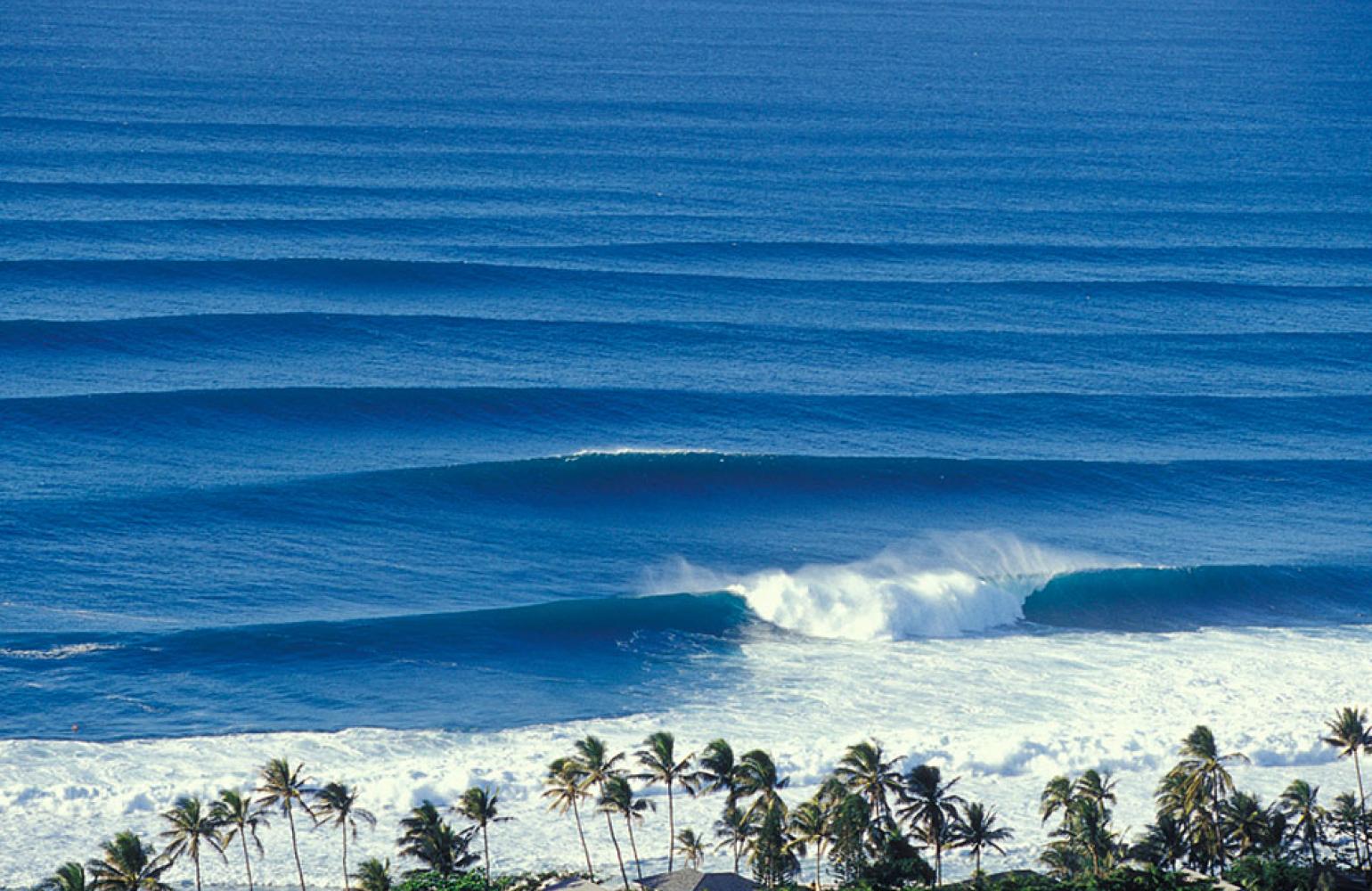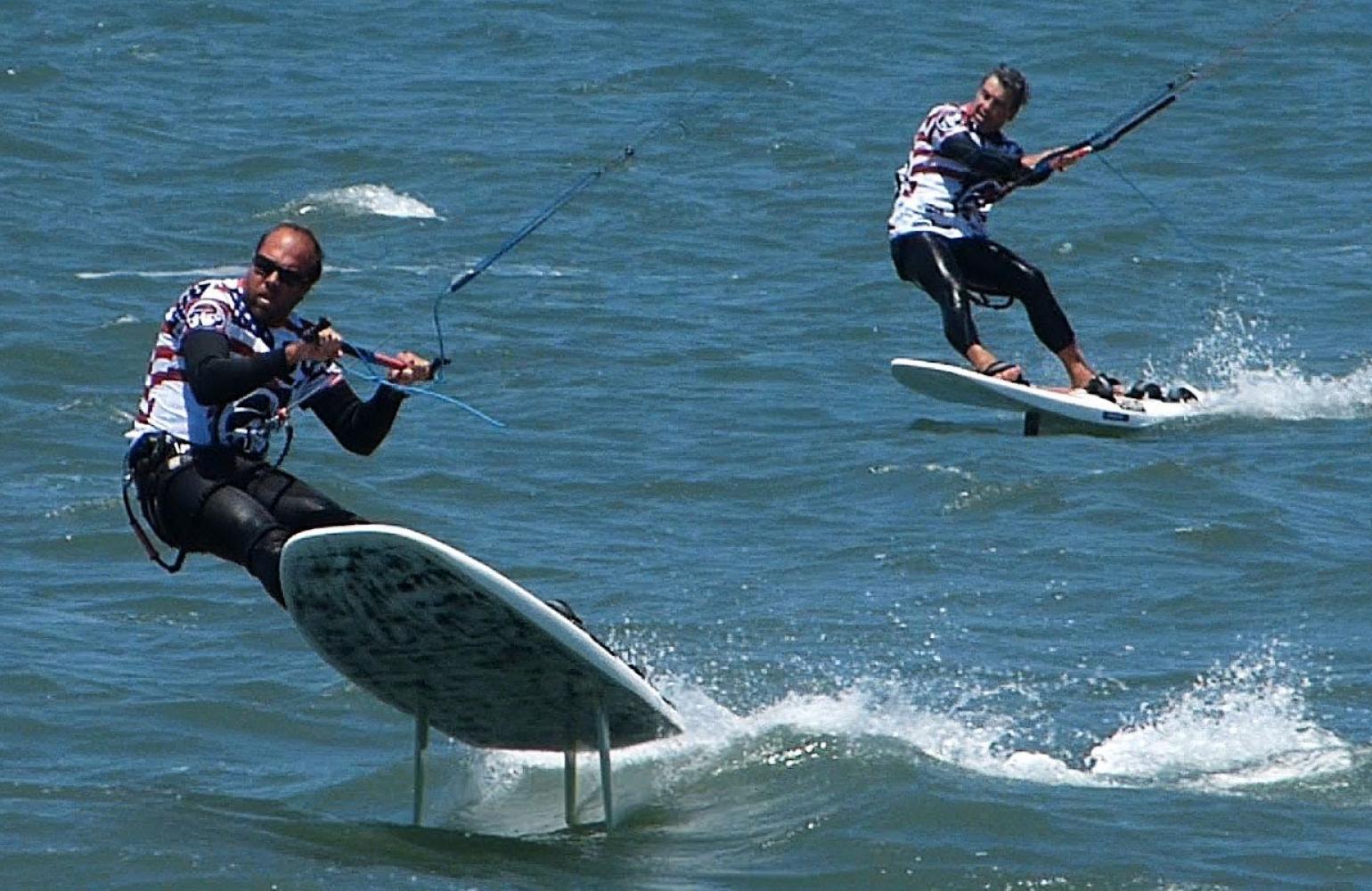The Waves
-

- 5084 view(s)
- 0 comment(s)

Waves are one of the most enjoyable features of the the ocean. You can ride them, jump over them, dive under them, simply watch then gently roll in, or gasp as they crash and roar during a big swell.
Different conditions affect waves and it’s important to understand how the waves work, what types of waves may be present when you visit, and how you can deal with them to reduce the potential for injury.
Here's some top tips about the waves:


GPS for kitesurfing
It is interesting to use a GPS for logging some of your kitesurfing sessions, particularly downwinders.
Desirable features for kitesurfing
- A compact GPS is best.
- Wrist mounted provides easiest access
- Download track log for sessions
- If waterproof IPX8 rated (fully sealed, no gaskets) can use without a waterproof case
- Large screen display option makes it easier to read on the water
- Route navigation (only available in high end devices)
Early generation GPS devices